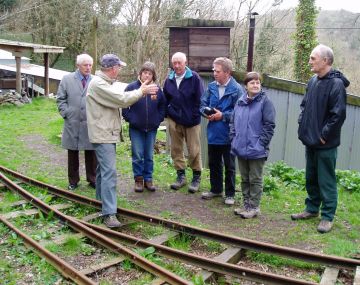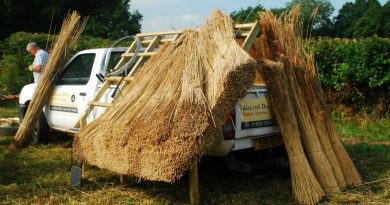Kelly Mine Preservation Society
Kelly Mine is a Devon iron mine situated on the eastern flank of Dartmoor near Lustleigh. The mine worked deposits of micaceous iron oxide, also known as MIO, micaceous haematite or ‘shiny ore’, which is a flaky form of iron oxide, Fe2O3. Kelly Mine is one of some ten mines and two or three trials, within the triangle formed by the towns of Bovey Tracey and Moretonhampstead and the village of Hennock, which worked similar deposits. A map of mines in the area can be found here.
The ore has no value for the production of iron but among other uses was found to make very effective corrosion-resistant paint. Fuelled by the increased demand for protection of the new steel structures of the industrial age, some Devon micaceous haematite mines survived well into the twentieth century. The paint is still widely produced from ore mined in other countries.
Kelly Mine, although a relatively small mine, is of great significance today as an industrial heritage site. When the mine finally closed in 1951, the company then running the operation was in debt to the land owner for rent and for royalties on the ore extracted. In lieu of payment the company left the machinery on the site. More than thirty years later in 1984, the owner agreed to lease the site to a group of mining enthusiasts.
Kelly Mine Preservation Society (KMPS) is restoring and preserving this time capsule for future generations; the mine has been refurbished and the machinery and processing plant restored to working order.
Visitors to the site can trace the whole process from mining the ore, via the adit and shaft, to the dispatch of the final product from the drying shed. The ore washing, jigging and stamping equipment is operational as is the other machinery in the mill. The settling tanks, waterwheels and the mine tramway, with its wagons and haulage winch, add atmosphere. There is a small museum, the miner’s dry and a display of artifacts from other mines in the area.
Admission free, donations welcome.




